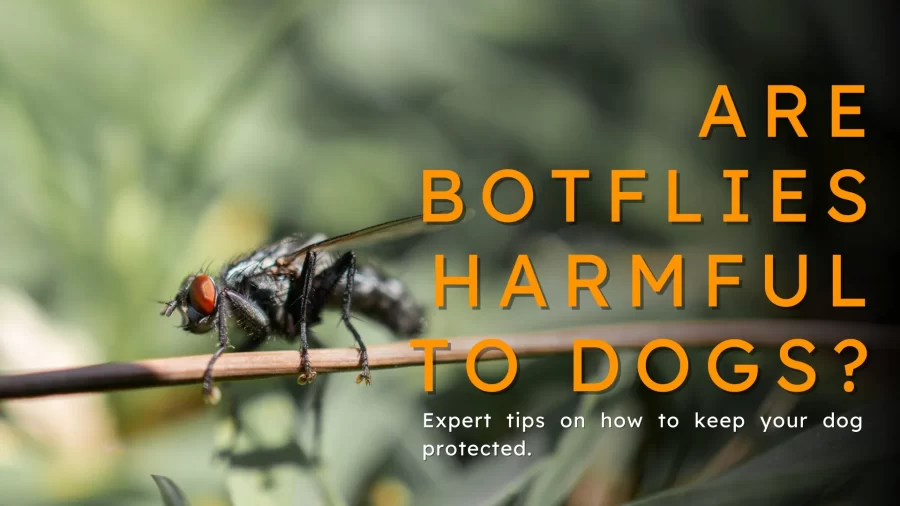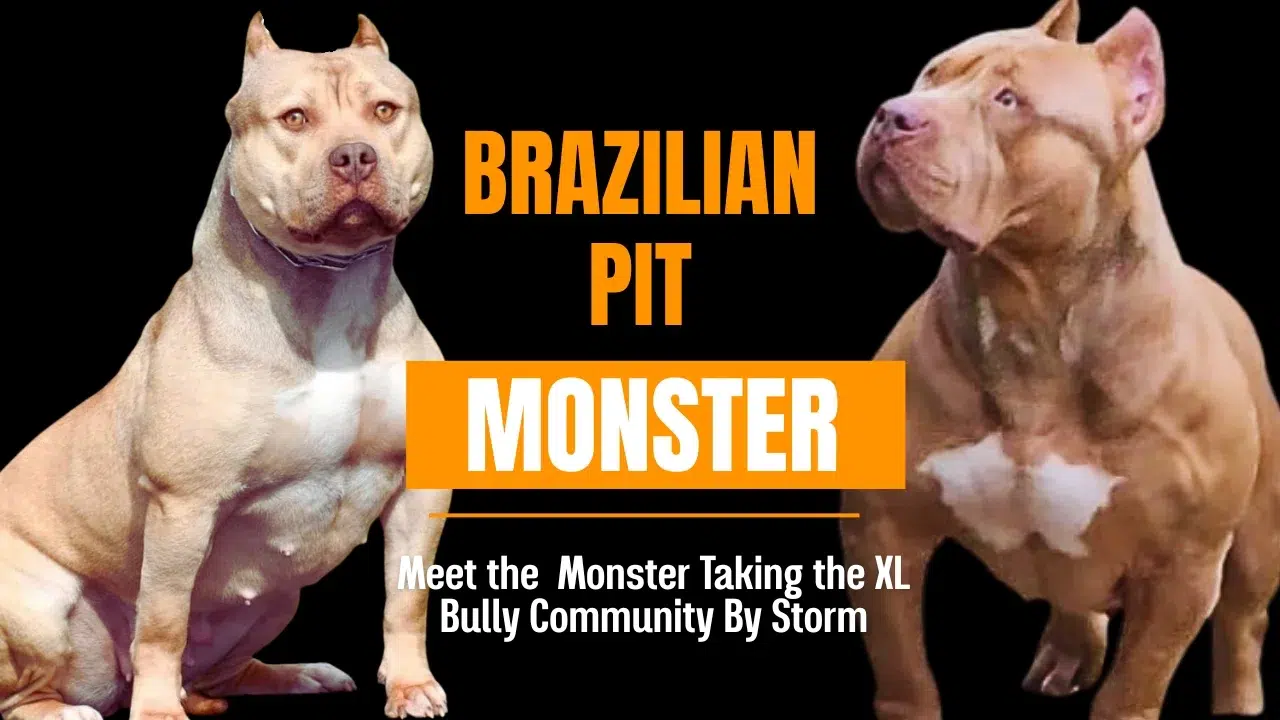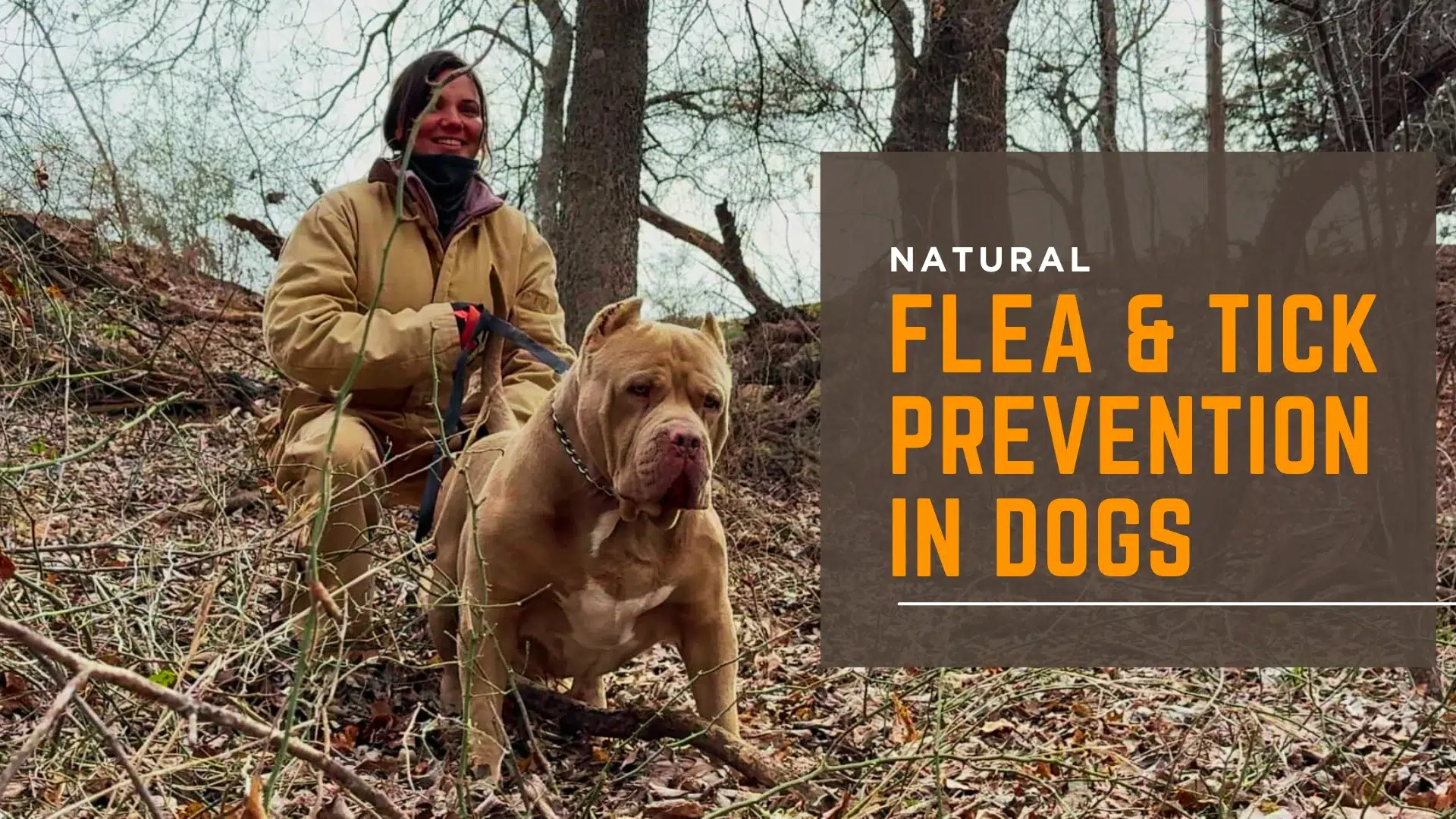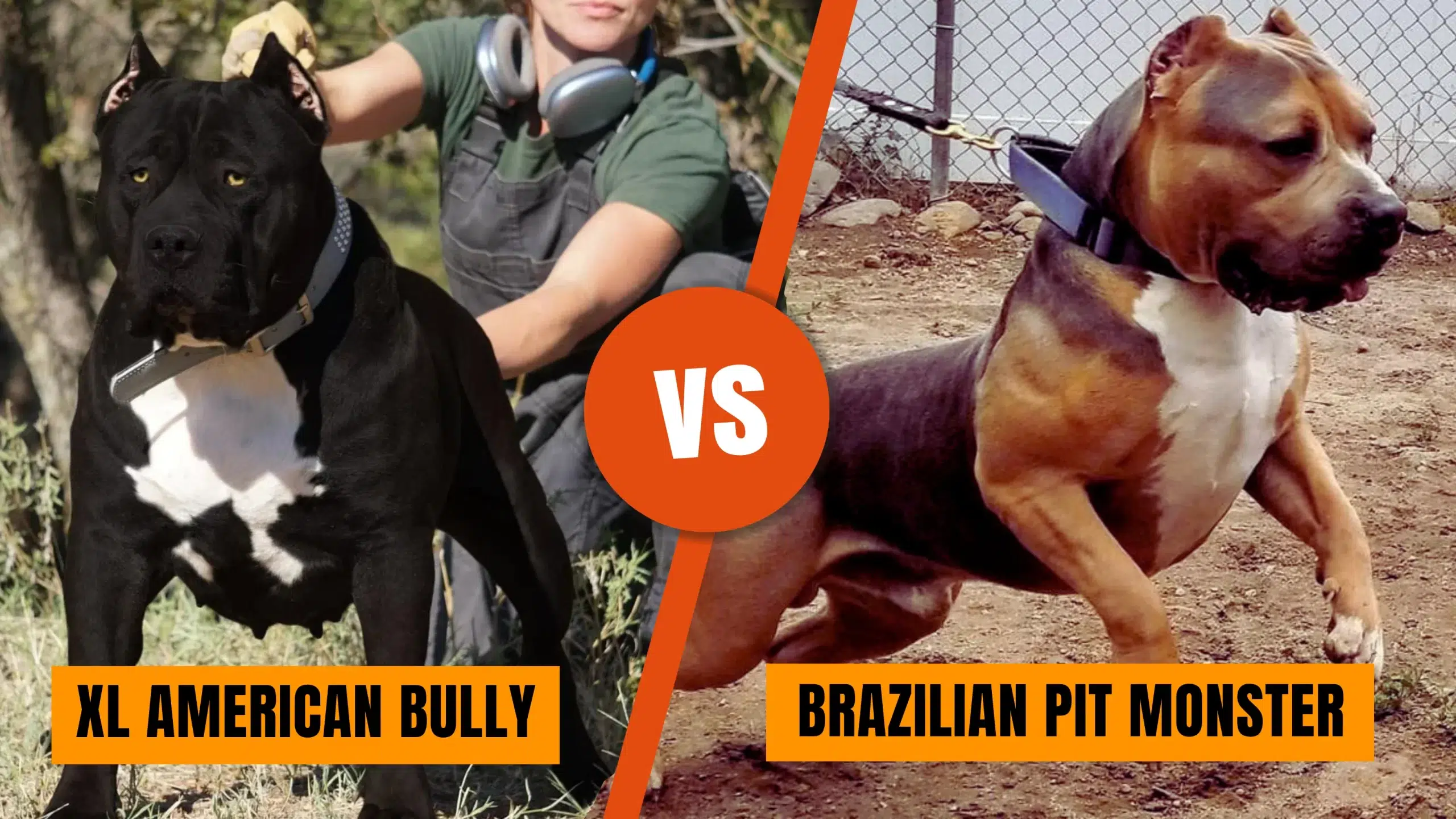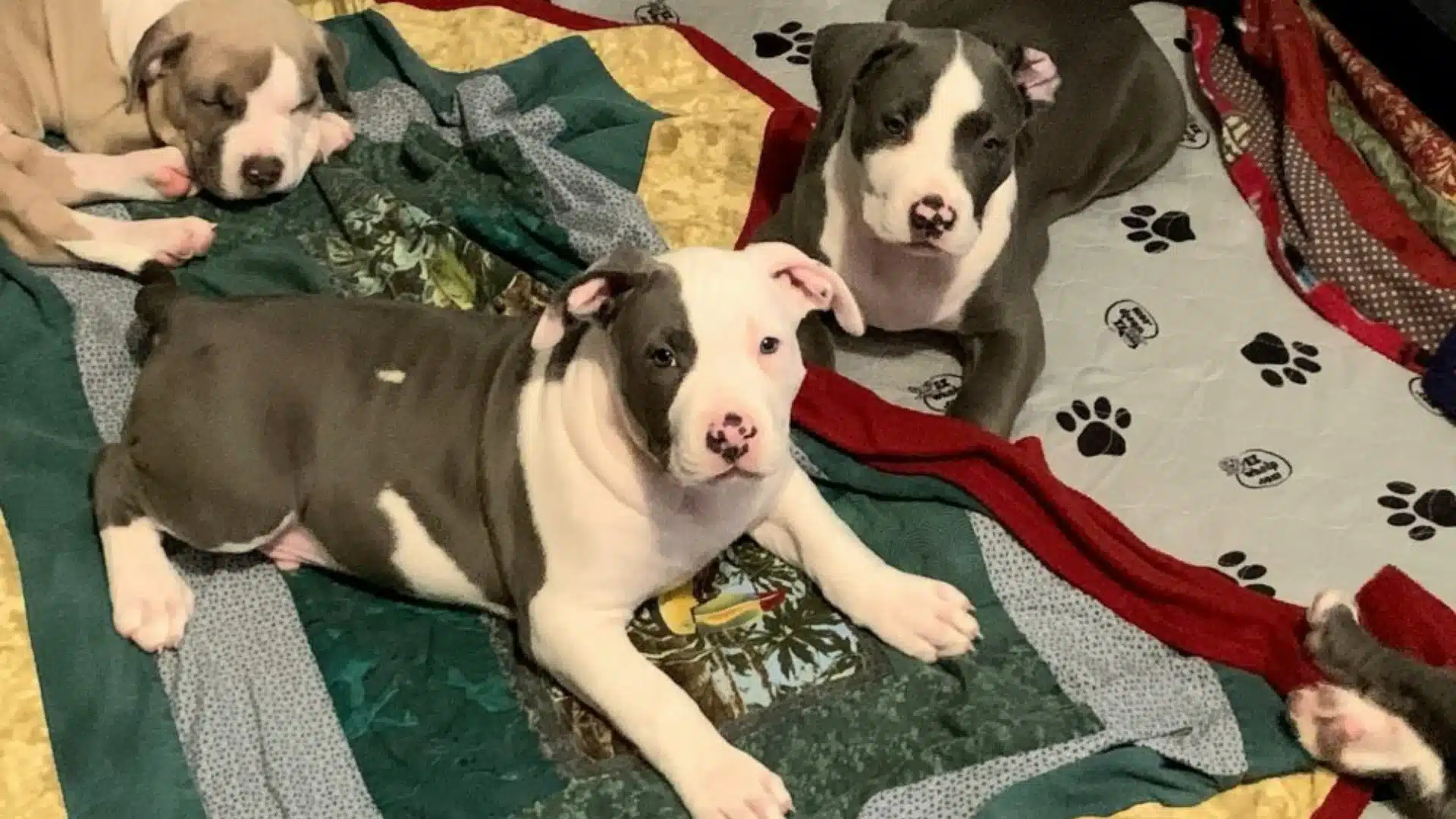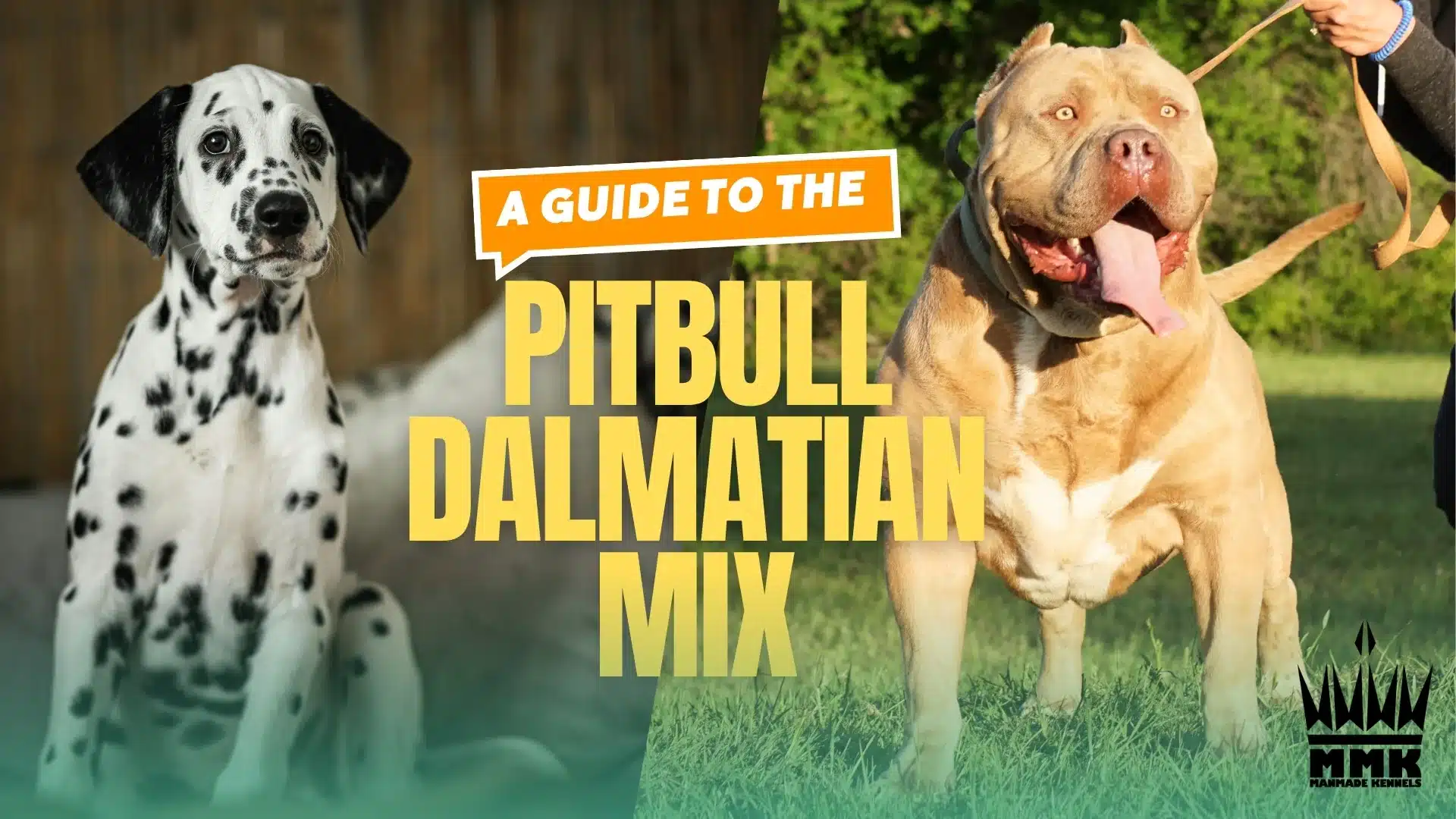Ever noticed a strange lump on your dog’s skin and thought it was just a bug bite? What if it was something worse—a living parasite under the skin? That’s exactly what botflies in dogs are: creepy, burrowing invaders that turn your beloved pet into a host. They’re not just disgusting—they can be dangerous too.
Botflies, specifically from the genus Cuterebra, are more than just a nuisance. These parasites can cause a range of issues, from skin infections to severe internal complications if left untreated. The worst part? Most pet parents don’t even know they exist—until it's too late.
In this in-depth guide, we’ll break down everything you need to know about botflies in dogs. From identifying symptoms to proper treatment and even prevention, you’ll be armed with the knowledge to protect your furry friend from these unwanted guests.
What exactly are Botflies?
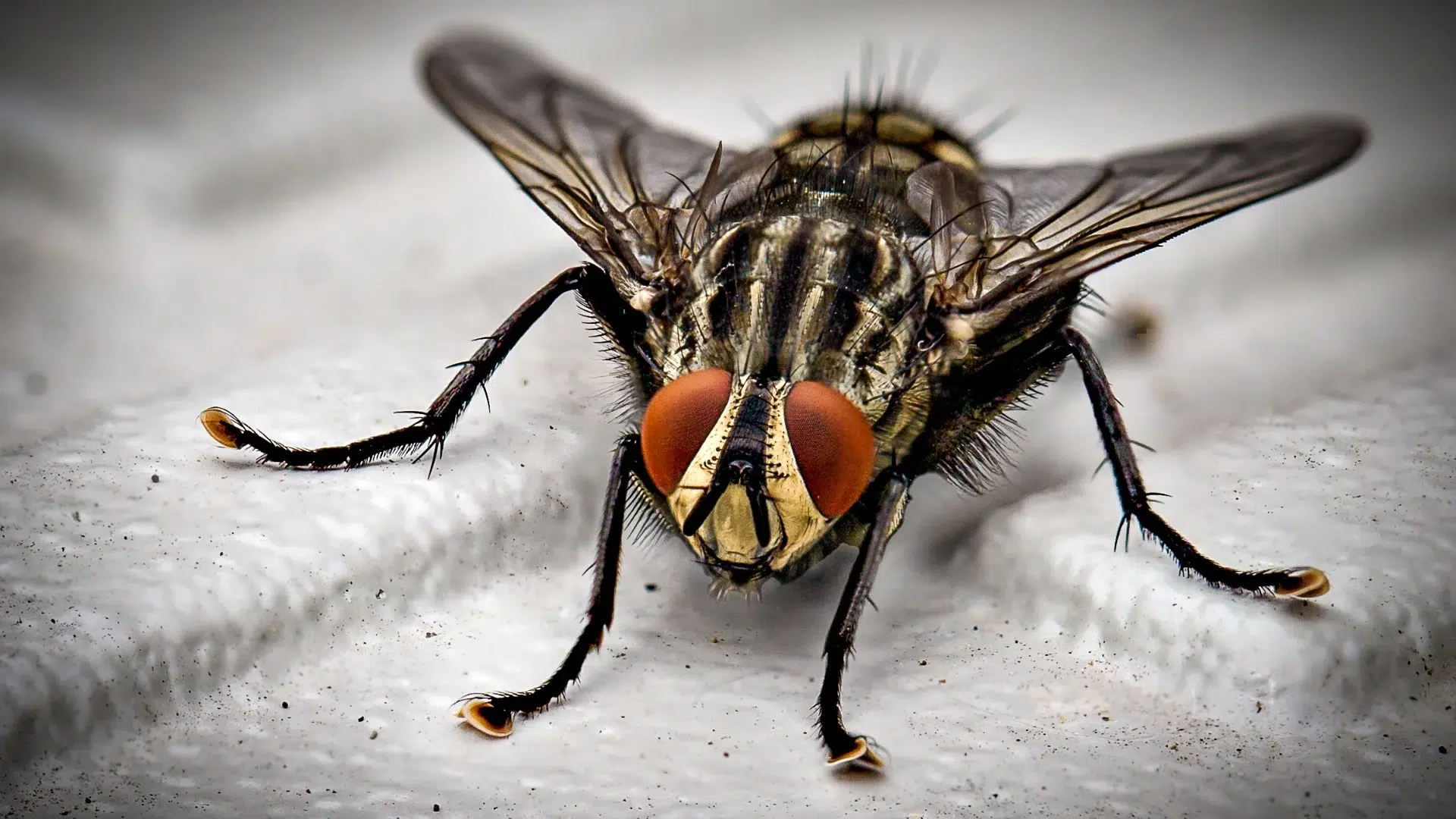
Botflies belong to the family Oestridae and are also referred to as warble flies. The species that commonly infects dogs in North America is Cuterebra. These parasitic flies don’t lay eggs directly on dogs—instead, their larvae hitch a ride on small mammals like rabbits and rodents. However, curious canines often end up as accidental hosts.
Life Cycle of a Botfly
The life cycle of a botfly is both fascinating and horrifying. Here’s how it typically works:
- Egg Stage: Adult botflies lay eggs near animal burrows, grassy fields, or even along walking trails.
- Larval Stage: When a dog sniffs or brushes against these eggs, they hatch instantly. The larvae enter through the nose, mouth, or skin and begin their parasitic journey.
- Development: The larva settles under the dog’s skin, forming a raised lump called a warble. It grows by feeding on the host’s tissues.
- Exit: After about 3–6 weeks, the larva exits the host to pupate in the soil, emerging later as an adult fly.
This gruesome life cycle makes early detection vital. The longer the larva stays under the skin, the greater the risk of infection and other complications.
How Do Dogs Get Botflies?
Dogs don’t typically get botflies from other dogs. Instead, the most common way your pup gets infected is through direct contact with botfly eggs in nature. Curious noses exploring rodent burrows or playing in tall grass unknowingly invite these larvae into their system.
Here’s how it usually happens:
- Sniffing animal dens: Eggs hatch and larvae crawl onto the dog.
- Lying in contaminated grass: Larvae penetrate the skin through hair follicles or tiny wounds.
- Inhaling or ingesting larvae: Some larvae enter through the nose or mouth and migrate internally.
Environments Where Botflies Thrive
Botflies are most active during the warm months, typically from late spring to early fall. They’re common in:
- Rural and wooded areas
- Fields with tall grass
- Near wildlife habitats
- Animal shelters with poor hygiene conditions
Even suburban dogs can get infested if they roam or sniff around in the wrong places. While rare in urban areas, botfly infestations aren't impossible—especially if rodents or wildlife are nearby.
Common Signs and Symptoms of Botflies in Dogs
Physical Symptoms
Spotting a botfly infestation early can make a big difference. Look for these physical signs:
- A raised, swollen lump with a small breathing hole in the center.
- Oozing or bleeding sores
- Visible larva movement under the skin
- Localized hair loss or scabbing
The most common site for a warble is around the head, neck, or chest. However, they can appear anywhere, depending on where the larva entered.
Behavioral Changes
Your dog might not be able to tell you something’s wrong, but their behavior will. Watch out for:
- Excessive licking or biting at a particular area
- Sudden lethargy or depression
- Loss of appetite
- Sensitivity or yelping when touched near the affected area
Dogs may seem restless or in pain, especially as the larva grows and starts to exit the warble. If your dog suddenly becomes irritable or overly quiet, it’s time to check for any unusual lumps or sores.
Identifying a Warble: What It Looks Like
A warble is a cyst-like lump formed by the botfly larva under the skin. It’s the most obvious and often the first visible sign of an infestation. Unlike abscesses or tumors, a warble usually has a tiny breathing hole, which the larva uses to get oxygen.
Visual Signs Under the Skin
Spotting a warble in dogs is unsettling, but important. You might notice:
- A swollen, round bump, typically 1–2 cm in diameter
- A dark spot or hole in the center that seems to "breathe"
- Pus or fluid drainage from the hole
- Movement within the lump—yes, it’s as gross as it sounds
Trying to squeeze or remove the warble on your own can rupture the larva and cause a secondary infection. It's best left to professionals.
Are Botflies Dangerous to Dogs?
While a single warble might seem like a minor nuisance, botflies can pose significant health risks if not treated properly. At first, a botfly larva may simply cause irritation or mild pain, but as it grows, it can lead to complications like:
- Severe skin infections if the warble is scratched or ruptured
- Tissue damage due to prolonged larval feeding
- Abscess formation, which can become painful and smelly
- Secondary bacterial infections that require antibiotics
But that’s not the worst of it. In some cases, especially when larvae enter the body through the nose or eyes, they can migrate internally. This rare but dangerous scenario can lead to neurological issues, respiratory distress, or internal organ damage.
Potential Complications
Complications vary depending on the larva’s location. For instance:
- In the brain or spinal cord: Larvae that migrate abnormally can cause seizures, blindness, or paralysis.
- In the nasal passages or eyes: Dogs may experience swelling, discharge, or visual disturbances.
- In internal organs: A migrating larva can damage lung or liver tissues, although this is quite rare.
So, while most cases are treatable and not life-threatening, botflies are more than just a gross skin issue. Fast identification and professional removal are crucial to prevent escalation.
Diagnosing Botfly Infestation in Dogs
If you suspect your dog has a botfly, your vet will first perform a thorough physical exam. The presence of a warble—especially with a central breathing hole—is usually enough to make a preliminary diagnosis.
Key signs your vet will look for include:
- Location and size of the lump
- Signs of larval movement beneath the skin
- Discharge or inflammation around the warble
- Behavioral cues indicating pain or discomfort
Sometimes, vets might apply gentle pressure to the lump to verify whether a larva is present—but this has to be done carefully to avoid rupturing the warble.
Diagnostic Tools and Procedures
For deeper or internal infestations, your vet might use advanced diagnostics such as:
- Ultrasound imaging to view larval activity under the skin
- X-rays or MRI scans if neurological symptoms appear
- Lab testing of pus or discharge to check for secondary infections
- Endoscopy for nasal or internal larva detection
Your vet will also ask about your dog’s recent activities, including whether they’ve been exposed to wildlife habitats, forests, or tall grassy areas. This background info is essential in confirming a botfly infestation.
Botfly Larvae Removal in Dogs: How It's Done.
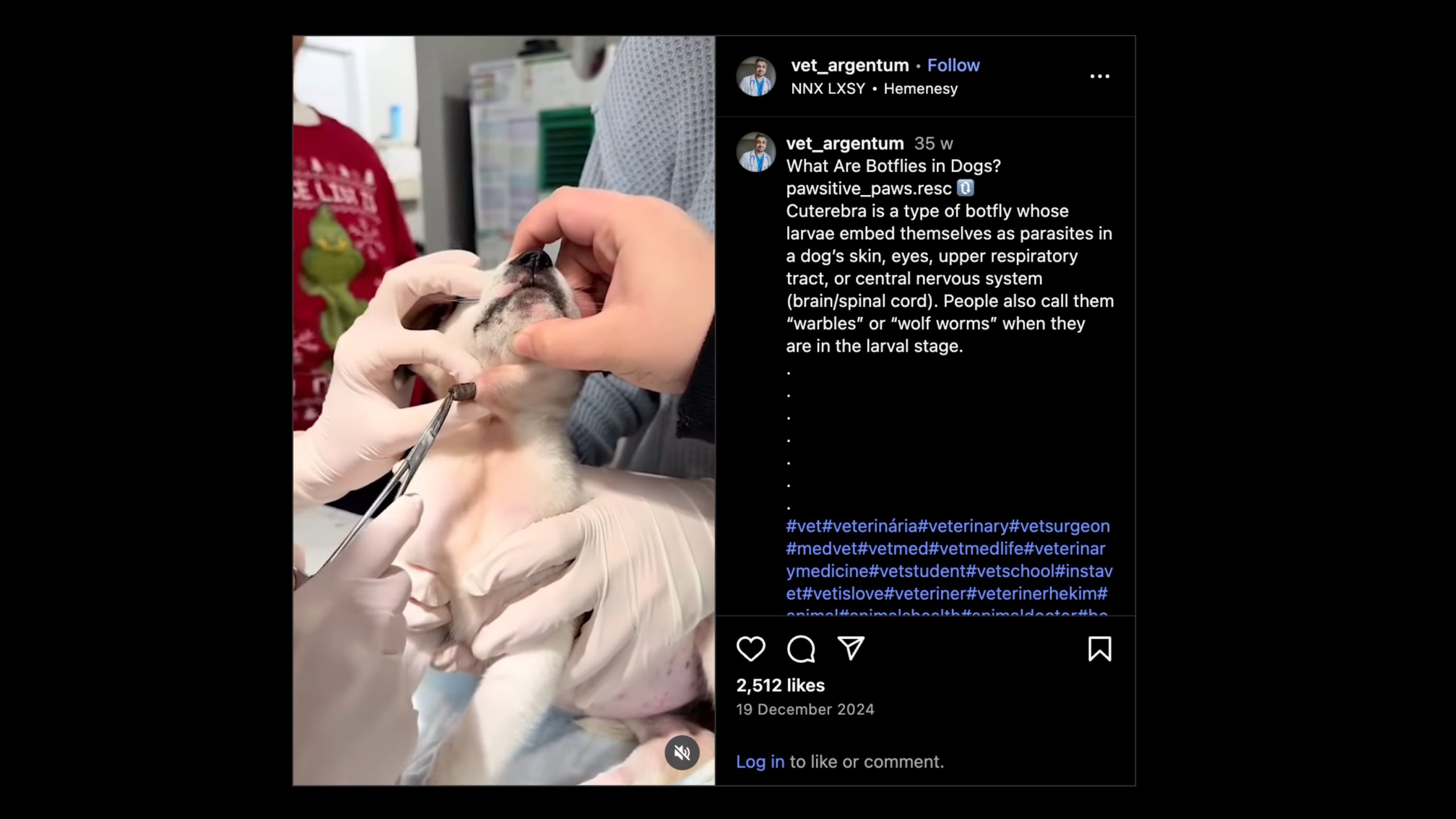
The most common treatment is manual extraction. Vets use sterile tools to carefully enlarge the breathing hole and remove the larva in one piece. This step must be done delicately—rupturing the larva inside the wound can cause inflammation, allergic reactions, or infection.
Steps include:
- Sedating or calming the dog, depending on the location of the warble
- Applying pressure around the lump to coax the larva out
- Using forceps to extract the larva in one clean motion
- Cleaning and disinfecting the wound thoroughly
- Applying topical antibiotics or bandages to promote healing
The process is usually quick and effective, but some dogs may require sedation if the warble is located in a sensitive area such as the eye or groin.
Surgical Procedures
In rare cases—especially if the larva is embedded deeply or in an awkward spot—minor surgery might be needed. This involves:
- Local anesthesia
- A small incision to expose the warble
- Removal of the larva
- Stitches to close the wound (if necessary)
Post-removal, antibiotics and pain relievers may be prescribed to prevent infection and aid recovery.
Home Remedies vs Professional Treatment
We get it—it’s tempting to try to remove the warble at home. But here’s the truth: DIY methods often make things worse.
Common mistakes include:
- Squeezing the warble, which can burst the larva and cause infection
- Misusing tweezers, leaving parts of the larva behind
- Applying harmful substances like vinegar or peroxide, which can irritate the skin further
- Using non-sterile tools, risking bacterial contamination
Even well-meaning dog owners can turn a treatable infestation into a serious health issue.
Veterinarian-Approved Options
The safest route is always veterinary care. Not only can your vet ensure complete larva removal, but they can also:
- Prescribe antibiotics to prevent infection
- Treat any inflammation or pain
- Monitor for secondary complications
- Provide aftercare instructions to support healing
If you live in a rural area with limited vet access, contact a local shelter or mobile clinic. Avoid risking your dog’s health with home remedies.
Can Botflies Kill a Dog?
Botflies themselves aren’t killers—but the complications they cause can be. A single warble won’t usually endanger your dog’s life, but multiple infestations or larval migration to vital organs can become fatal without treatment.
Dangerous scenarios include:
- Neurological larval migration causing seizures or brain swelling
- Internal organ infestation resulting in respiratory failure or liver damage
- Severe allergic reaction or anaphylaxis
- Systemic infection if the warble site becomes septic
Although rare, these cases are documented in veterinary literature. The best defense? Timely intervention.
How to Preventing Botflies in Dogs.
The most effective way to combat botflies is to prevent infestation in the first place. Botflies are most active in late spring through early fall. During these warmer months, dog owners must take extra precautions, especially if they live in rural or wooded areas.
To reduce your dog’s risk:
- Avoid letting your dog roam unsupervised in fields, tall grass, or wooded areas.
- Keep your lawn trimmed to deter rodents and wildlife.
- Limit off-leash time in areas where rabbits or rodents are present.
- Routinely inspect your dog’s skin and coat after walks or outdoor play.
Seasonal prevention also means staying alert during peak months. If you know botflies are active in your region, be extra cautious. Even a short encounter in the right (or wrong) environment can be enough for a larva to latch on.
Pet Care Routines
Aside from environmental awareness, consistent pet care helps reduce botfly risks.
- Groom your dog regularly to spot early signs of warbles.
- Use veterinary-recommended repellents or insect deterrents.
- Ensure vaccinations and parasite treatments are up to date.
- Keep bedding clean and regularly check areas where your dog sleeps.
If your dog’s a digger or loves sniffing holes, keep an eye on their behavior. They could be unknowingly poking around rodent burrows—the perfect breeding ground for botflies.
Botflies in Puppies: Extra Caution Needed
Why Puppies Are More Vulnerable.
Puppies are naturally curious, energetic, and low to the ground—all traits that make them easy targets for botflies. Their immature immune systems and thinner skin make it easier for larvae to penetrate and establish a warble.
Moreover, puppies might not react as clearly to discomfort. They might show fewer behavioral symptoms, making it harder for owners to detect that something's wrong.
Special Care Instructions
If you’re raising a young dog during botfly season:
- Inspect their skin daily for any unusual lumps or lesions.
- Avoid outdoor exposure during peak fly times, especially early mornings and late evenings.
- Never let a puppy explore burrows, compost, or tall grassy patches.
- Monitor their energy levels, appetite, and behavior closely.
When in doubt, err on the side of caution. A puppy’s smaller size means a localized infection can spread more quickly and affect them more severely.
Can Botflies Infect Humans?
Botflies aren’t just a threat to dogs—they can affect humans too, although it’s extremely rare. Human botfly infestations are mostly associated with travel to Central or South America, where Dermatobia hominis is prevalent. However, the North American botfly (Cuterebra) has been linked to a few isolated human cases.
Transmission to humans is accidental, usually through:
- Contact with contaminated outdoor surfaces (e.g., sitting or lying in grass)
- Handling infected animals without gloves
- Close proximity to burrows or infected pets
Transmission Facts
The good news? Humans can’t catch botflies directly from dogs. However, if you remove a larva improperly and it’s left on your hands or near open wounds, there's a small risk of cross-infection.
To stay safe:
- Wear gloves when treating or examining your dog.
- Dispose of larvae properly.
- Clean and disinfect any area or fabric that came in contact with the wound.
- Wash your hands thoroughly after handling your dog if they’v been infested with botflies.
Aftercare and Recovery: Post-Removal Treatment
Once a botfly is removed, most dogs recover quickly. The skin may remain swollen or slightly sore for a few days, but with proper aftercare, the site heals without complications.
Expect a healing time of 7 to 14 days, depending on:
- The size and location of the warble
- Whether the larva was removed whole
- Presence of secondary infection
Preventing Re-Infestation
After treatment, it’s critical to prevent a repeat infestation:
- Restrict outdoor time temporarily while the wound heals.
- Apply vet-recommended topical ointments or antibiotics.
- Follow-up vet visits may be necessary to confirm the site is healing properly.
- Clean the home environment, especially outdoor areas and pet bedding.
Keep an eye on your dog’s behavior—licking or scratching the wound could slow healing or introduce bacteria. Use a cone or recovery collar if necessary.
Final Thoughts
Botflies in dogs might sound like a horror movie, but they’re a real—and preventable—problem for pet owners, especially in rural and grassy areas. From the moment a larva enters the skin to the time it exits, the entire process can be painful, dangerous, and unsettling.
The key to protecting your dog lies in vigilance, education, and quick action. Understand where botflies thrive, recognize the early signs, and seek treatment promptly. While most infestations are treatable, complications can arise quickly if ignored.
Always opt for professional veterinary care, and never attempt home removal without guidance. By following the right preventive steps, you can keep your dog safe and free from botflies throughout the year.
FAQs
1. Can I remove a botfly from my dog at home?
It's strongly discouraged. Improper removal can rupture the larva and cause infection. Always consult your vet.
2. How do I know if my dog has a botfly?
Look for a swollen lump with a breathing hole, typically on the head or neck. Your dog might lick or bite the area excessively.
3. Are botflies more common in certain regions?
Yes. Botflies are especially common in North America, particularly in rural or wooded areas during warmer months.
4. Do botflies only affect dogs?
No. They can also infect cats, rabbits, and even humans (rarely). However, dogs are frequent accidental hosts.
5. What happens if a botfly is not removed?
The larva will eventually exit the body, but not without causing potential infections, inflammation, or tissue damage. Prompt removal is safest.
You May Also Like
I am a highly skilled content writer and SEO expert with a passion for helping small businesses succeed in the digital world. With my extensive knowledge of the latest SEO techniques and strategies, I have successfully assisted numerous clients in improving their website rankings, generating more leads, and driving a significant increase in website traffic.
As a professional content writer and SEO expert, I am confident in my ability to contribute significantly to the success of small businesses. If you are seeking a results-driven, highly skilled digital marketer who can help you increase your ranking, convert new leads, and see a substantial improvement in website traffic, I would welcome the opportunity to collaborate with you.
Website: https://manmadewebsites.com/
Email: hello@digitalmarketingchap.com

